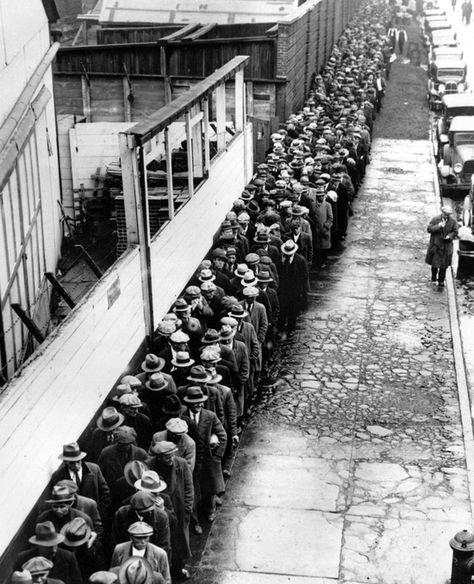
Friday, April 10
It’s a very windy but bright and beautiful day, with a high temp of 48F predicted. But it’s hard to think of anything but the crisis—and just what we’re going to eat next.
This morning I drove over to Amagansett to get more coffee beans at Jack’s. Normally, this is a place where people sit around in groups and enjoy cappuccinos and maybe a croissant. Now, it’s take-out only. There are perhaps five workers here, all behind a plexiglas shield but none are wearing masks. I have on my construction-dust mask, which is the only protection that I’ve been able to come up with.
After Jack’s, I go to a nearby, small but fancy cheese store, Cavaniola’s. The cheese we got from Peapod was substandard, so now I am getting some Jarlsberg-like Berggenuss and some five-year old Gouda. Price for a total of a half-pound: $28. Here, there is only one worker. It’s very alien to come into a store like this and not be able to peruse the various stuff on display (vinegars, fancy mustard) or be able to sample tastes of the cheese. I shout out what I want, muffled by my mask. I stick my credit card into the reader, tell the clerk to sign for me, and flee.
The economic news is, of course, terrible. With the unemployment rate hovering around 15%, a quarter of U.S. restaurants could close for good. That would mean more job losses for a group of already underpaid workers, who likely have little in the way of savings and perhaps only a tenuous hold on their housing.
Our lives here are, of course, placid compared with the hell depicted in accounts of immigrant communities in New York City. There, the Times reports, people live in terror of contracting COVID-19 and also of becoming homeless. It is common for residents to have lost their jobs and to have only one meal per day. An unnatural silence hovers over normally bustling Roosevelt Avenue.
“A group of adjoining [Queens] neighborhoods — Corona, Elmhurst, East Elmhurst and Jackson Heights — have emerged as the epicenter of New York’s raging outbreak,” says the Times article. The neighborhoods, with a combined population of about 600,000 representing a wide range of nationalities, have recorded more than 7,260 coronavirus cases as of Wednesday, the article continues.
COVID-19 has become the deadliest disease in the U.S., causing more deaths per day than cancer or heart disease. Only last week, it was in third place.
Dinner tonight: more black beans and rice, coleslaw, and a very ripe avocado.
Evening entertainment: three episodes of Scandi thriller Bordertown.
